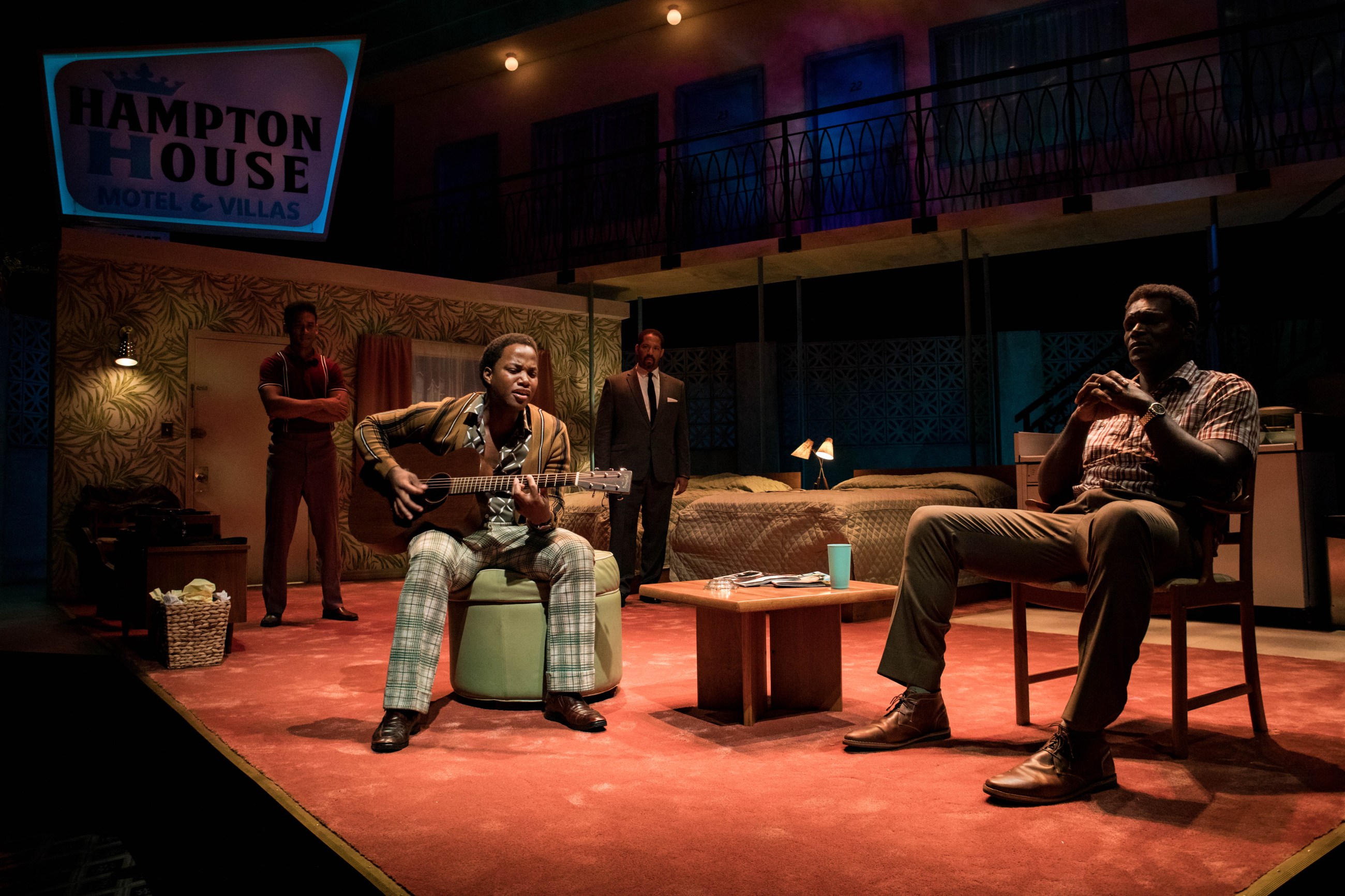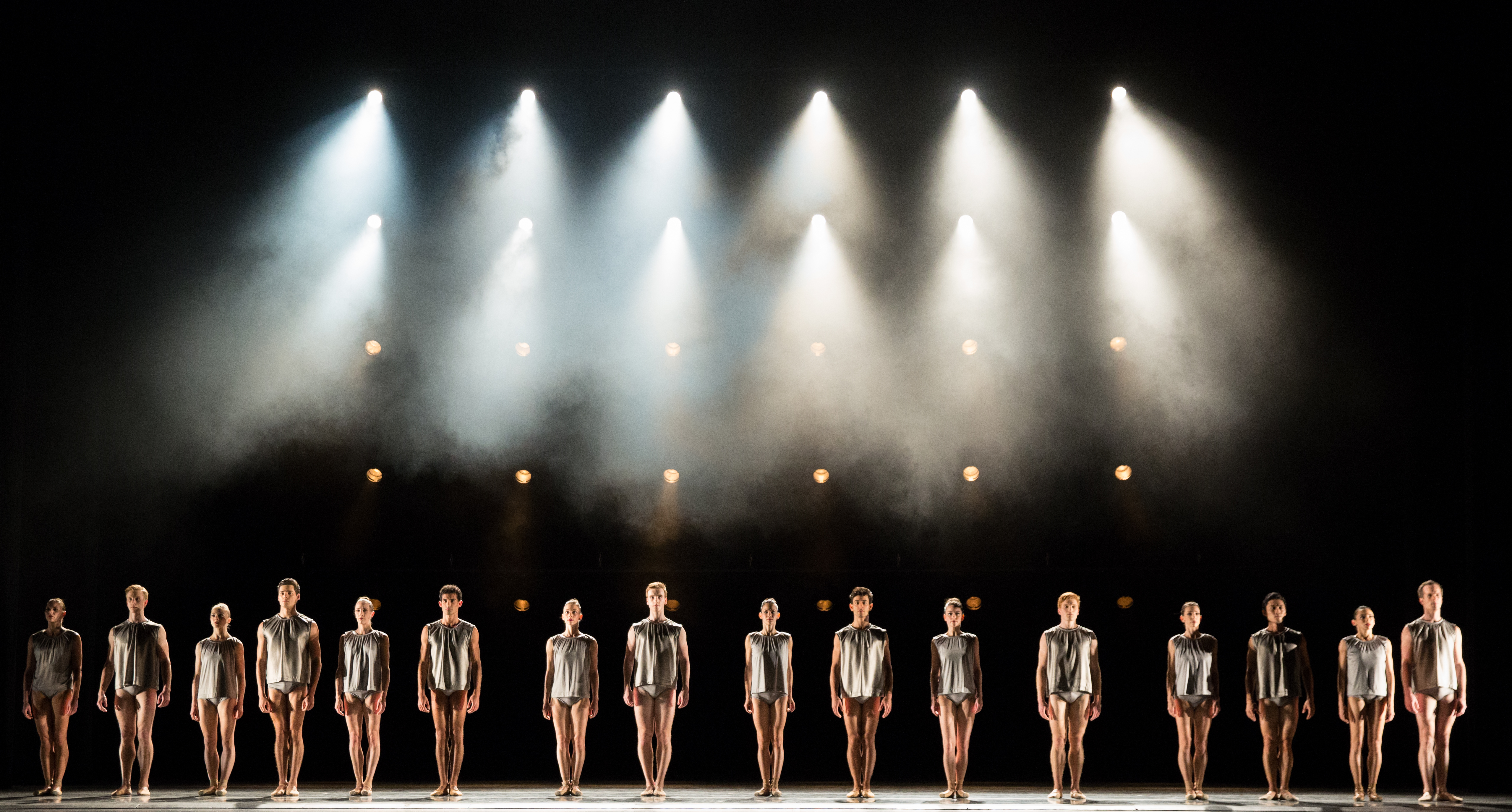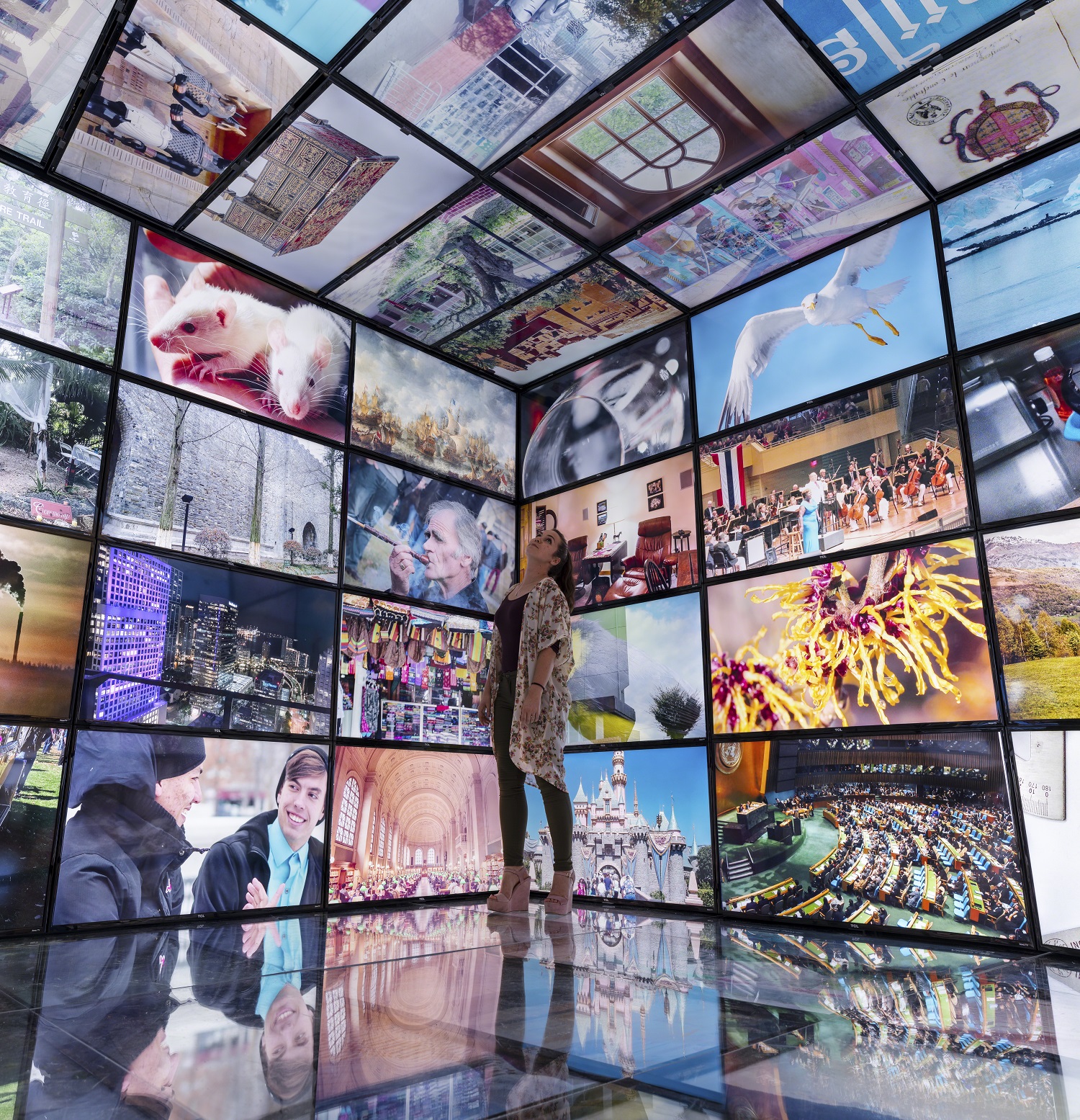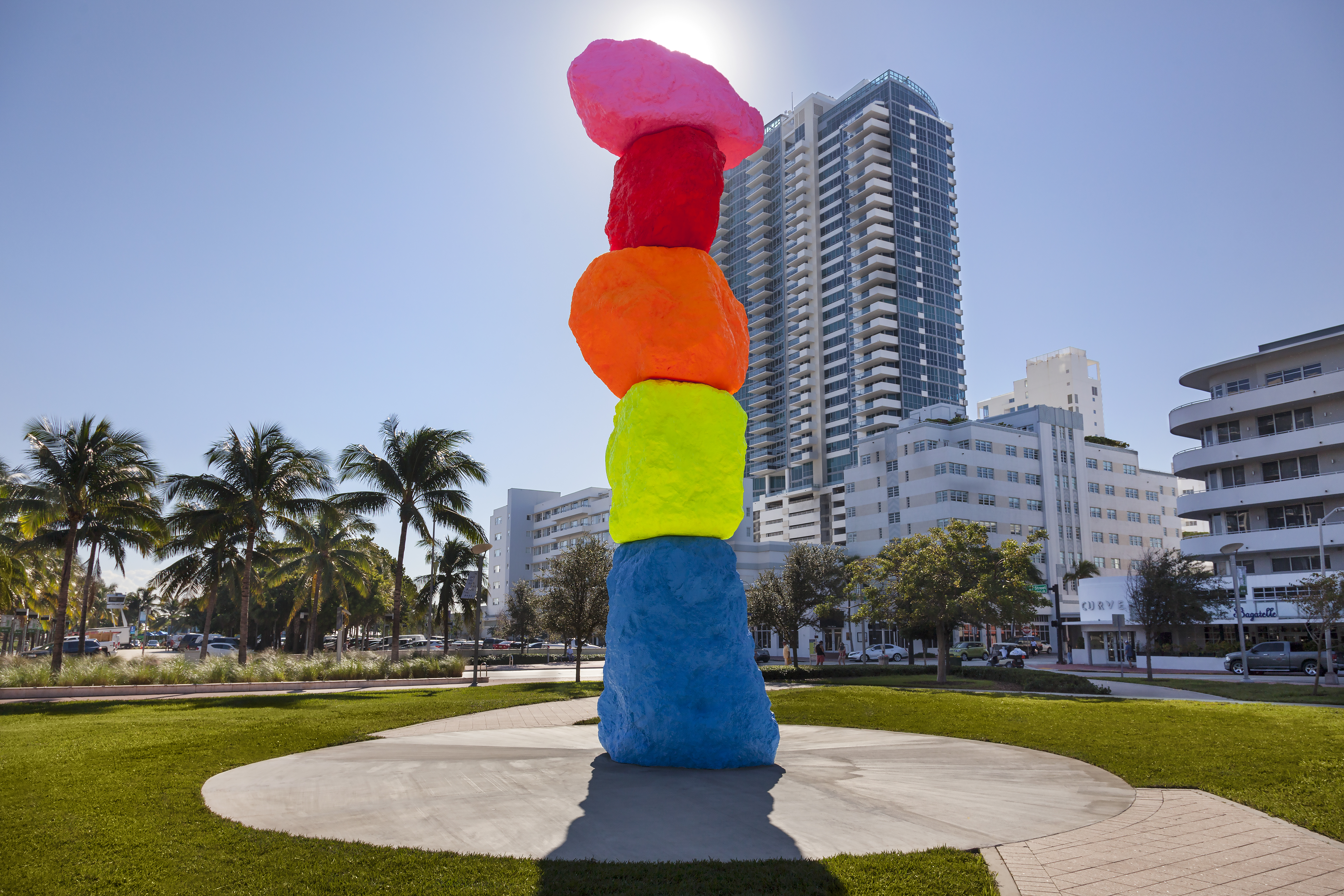The report, “Evolving Arts Ecosystems: A Study of Miami,” assesses how the Miami arts ecosystem has evolved over the last decade.
On Dec. 3, 2018, Knight Foundation announced a $37 million investment in Miami’s growing arts ecosystem. Learn more about the announcement here.
Summary
Knight Foundation believes that the arts play a critical role in connecting people to the places where they live. To concentrate its impact, the foundation has focused its funding in specific communities, including Miami— home to Knight Foundation’s headquarters.
Arts and culture have been a centerpiece of Miami’s transformation for more than a decade. From the Art Basel art fair—a mecca for international curators and collectors—to several new world-class facilities, Miami saw an explosion in artistic, creative and cultural activity since 2005, the period studied in this report.
Knight wanted to better understand how the arts ecosystem in Miami has evolved. The foundation commissioned this study with TDC, a cultural sector research and consulting firm, to determine whether the arts have in fact become more accessible and prevalent in Miami. The review sought to address the following key questions:
- How has Miami’s arts ecosystem (organizations, audiences, funding, creative industries) changed?
- What are the continuing gaps in the system?
- Do the arts in Miami connect people to the community and to each other?
- What has been Knight’s role?
This report provides a snapshot of key indicators reflecting how the arts in Miami have evolved over the past decade. The analysis synthesized several secondary data sources and interviews with key stakeholders in the community.
Key Findings
The report shows that the arts have indeed taken on a larger role in Miami:
The arts have been a driving force in the city’s growing stature: Arts and culture have been a key force in Miami’s ascendance. The arts have been an accelerant of growth, creating a vibrant array of social offerings and professional opportunities in a city that historically lacked them. As summed up by one local leader: “Miami has changed in the last 10 years—feels like a renaissance has taken place. There is so much vibrancy.”
The Miami arts ecosystem has grown more vibrant: The arts have flourished over the past decade with the emergence of new organizations and the maturation of anchor institutions. Total spending among arts organizations increased 168 percent from 2005 to 2015. The investment in the arts has been punctuated by the erection of new buildings by anchor arts institutions, making the changes quite visible. The growing artistic activity and infrastructure have elevated Miami into an internationally recognized cultural center. One leader offered a comment typical among those interviewed: “It’s grown enormously. There are many more organizational players, and anchor organizations have come into their own. Miami feels bigger than it used to be; there is so much more to do here.”
The arts are a critical attractor to Miami: The result has been a more robust arts ecosystem that is attracting people to Miami and keeping them. Arts attendance has steadily risen, and a sentiment has formed that “Arts are part of the attraction of this city as we unfold our second 100 years— it’s a cool place to live.” Furthermore, there is a widely held belief that arts have reversed the exodus of creative talent due to lack of opportunity. As expressed by one key stakeholder: “Many more students are staying than before—no more talking about how ‘I have to go to New York.’ ”
In Miami, Knight has been the foremost private funder of the arts, providing critical capital for both experimentation and the development of core institutions. Local arts leaders view Knight as a strategic, insightful and well-respected partner. One individual noted, “The ecosystem is radically altered from 10 years ago, and I cannot emphasize enough the role Knight has played. They are the foundation.” Said another, “Knight’s work has been transformational—they have succeeded in making art general in Miami.”
But continued progress isn’t assured. The arts in Miami rely on a limited number of funders, and many of the largest arts organizations operate with little to no operating reserves. Several of those interviewed also suggested that rising property values have put artists and arts organizations at risk of displacement. Despite these questions, Miami has seen a clear expansion in the role and scope of its arts and cultural ecosystem.
Download the full report here.
Image (top): A performance of “One Night in Miami” at Miami New Drama. Credit: Stian Roenning.
-
Arts / Press Release
-
-
-
Arts / Article
- Evolving Arts Ecosystems – A Study of MiamiExternal Content / Website





